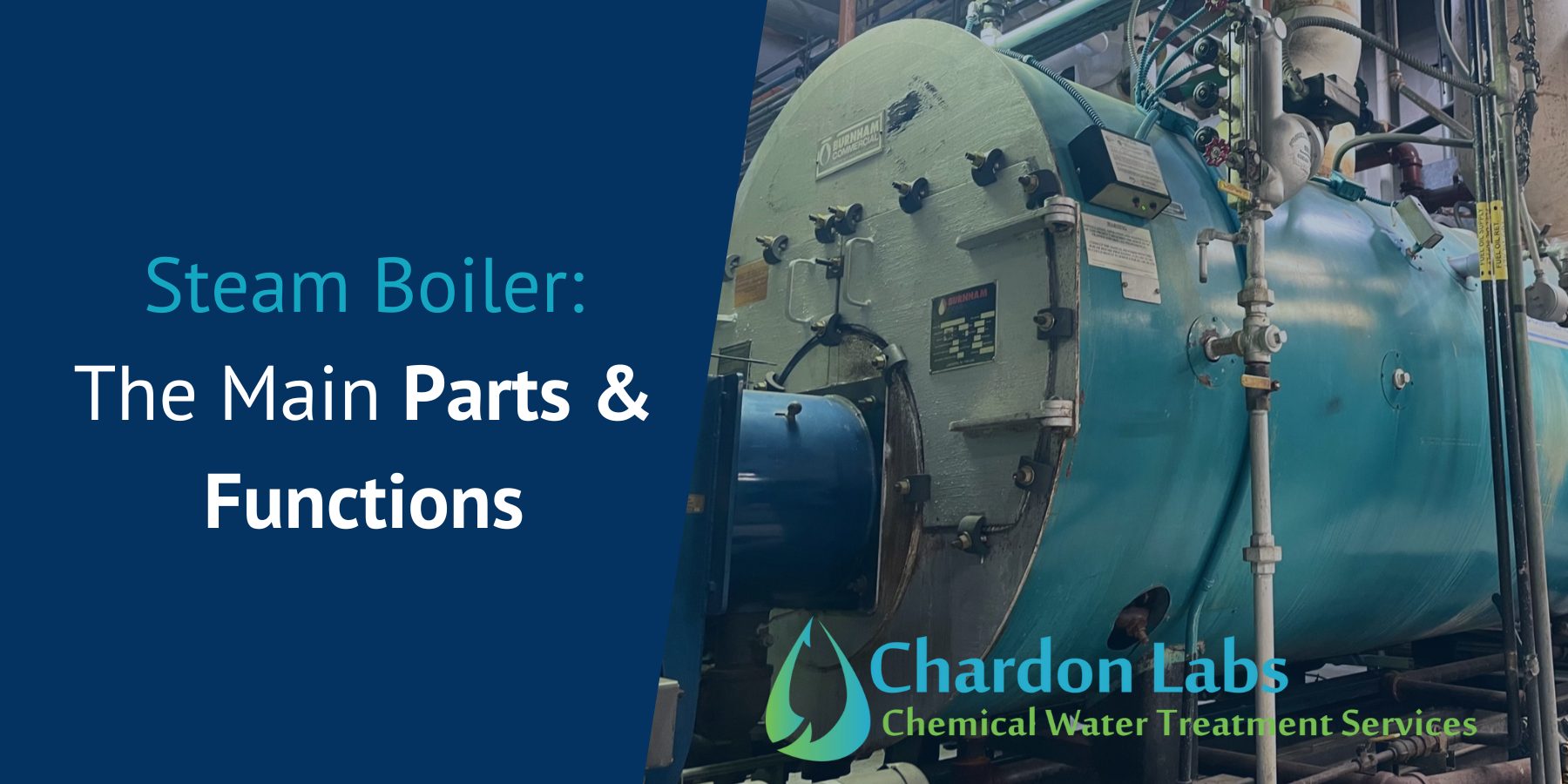
August 15, 2023
A steam boiler is a closed vessel system that distributes hot evaporated air (steam) by heating water. It is utilized to provide heating by circulating this heat throughout the building.
Burner- The thermostat alerts the burner to create combustion. The amount of fuel being burned will vary depending on the heat required for the system. Fuel will then be pumped into a spray and will be lit inside the burner.
Tubes- These tubes are located inside the boiler and they heat the water to produce steam. They can either be water-tube or fire-tube. It is either heated externally for the water-tube or hot air is passed through the tube for the fire-tube specification.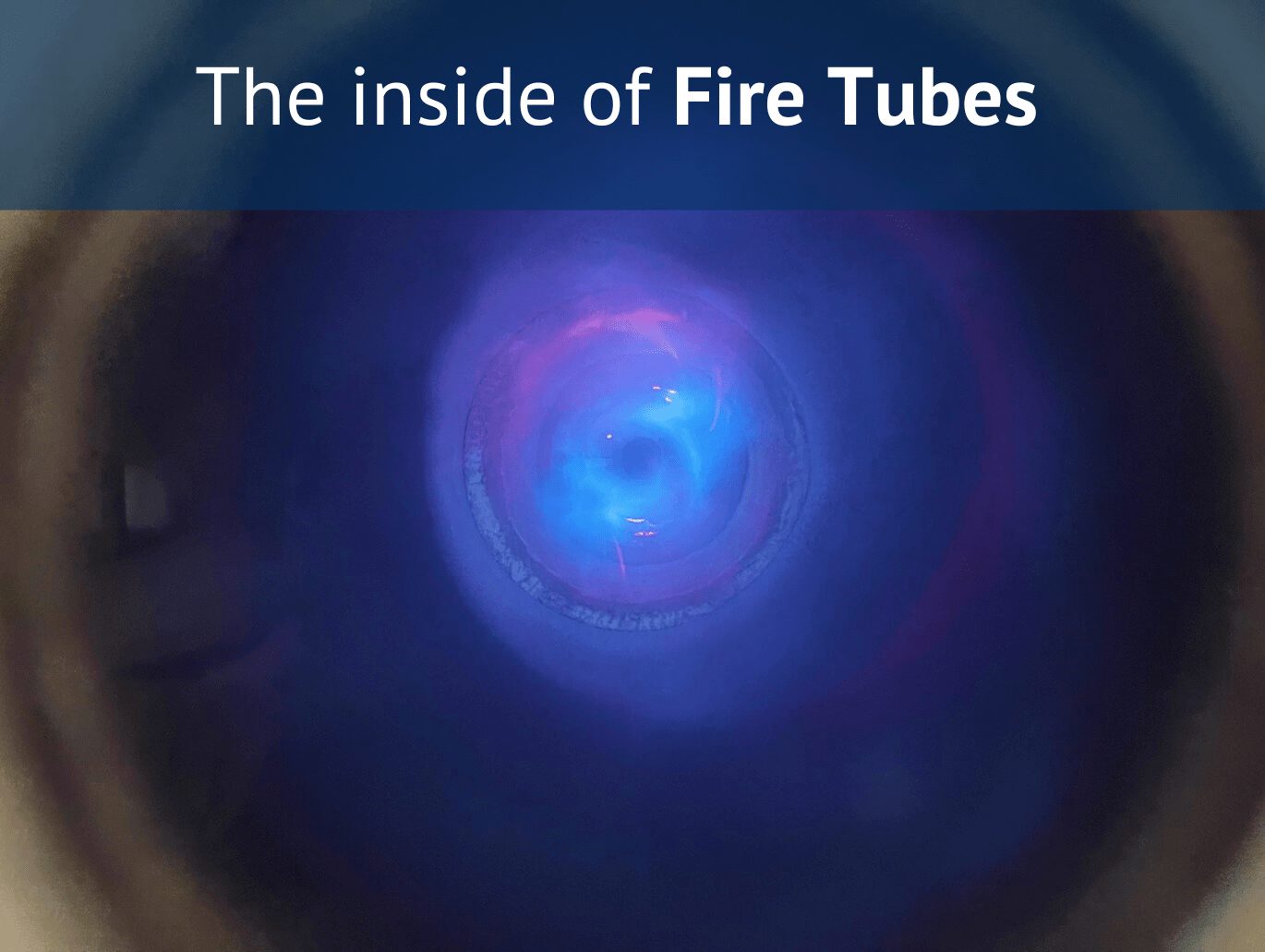
Pressure Vessel- The pressure vessel is capable of holding high temperature and high-pressure gases that differ greatly from normal air.
Combustion Chamber- This is where fuel burning occurs. This heat is later passed onto the heat exchanger.
Controller- Controllers are utilized to monitor and adjust settings as necessary. These are useful for normal operations, remote monitoring, and emergency prevention. Additionally, it is useful for chemical water treatment. Chemical water treatment will help maintain the boiler system and help prevent common, expensive problems such as rust.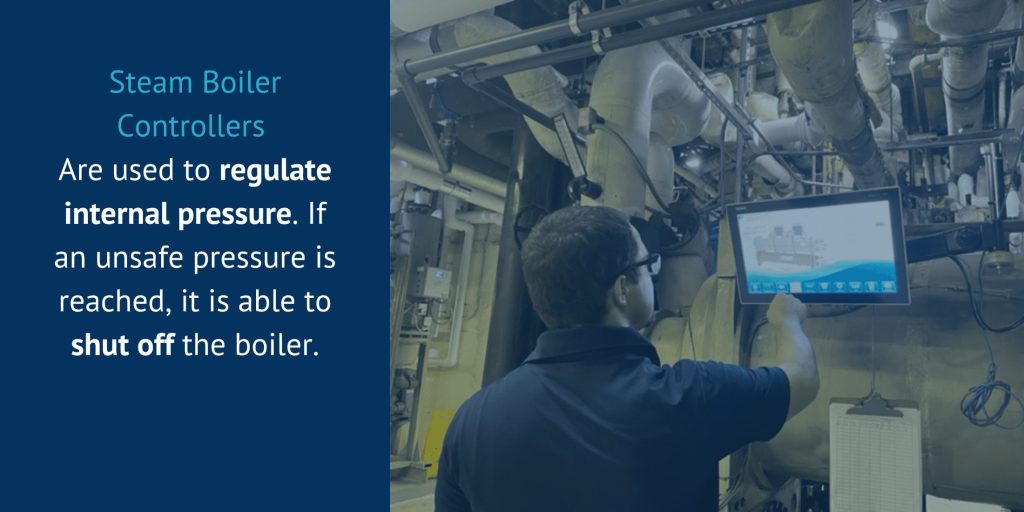
Heat Exchanger- The purpose of a heat exchanger is to transfer heat from its original source to a fluid. The original source and fluid do not directly touch and that is where the heat exchanger comes in.
For questions regarding chemical water treatment for your steam boiler, or anything else, get help from knowledgeable Chardon Laboratories service technicians here.
Feedwater Tank- This is the water source for the steam boiler. Treated water is put here and the boiler will take water from this to create steam. Steam can then be recirculated via condensate return lines. This water must be treated with chemicals. For an in-depth guide on boiler chemical water treatment, reference this article.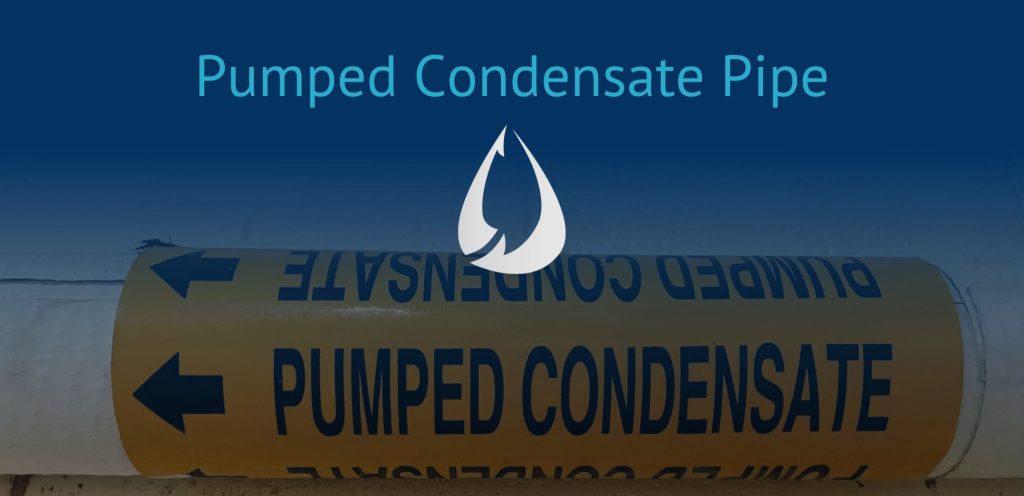
Economizer- This works as a heat exchanger to capture heat on the stack of a boiler. This heat is then returned to boiler-feed water instead of being wasted. Economizers improve the energy efficiency of steam boiler systems through this heat recycling process.
Steam boilers have a wide variety of use cases. It can be used to heat residential living areas. It can also be utilized for large commercial spaces. Industrial manufacturing often needs high temperatures that steam boilers can provide. Additionally, high heat can be used for sanitary purposes to kill bacteria. Steam boilers are not a one size fits all and can vary greatly in size, pressure, and temperature. There are alternatives to steam boilers such as electric boilers, air source heat pumps, solar thermal panels, and more. These alternatives may or may not be more viable depending on the specific use case.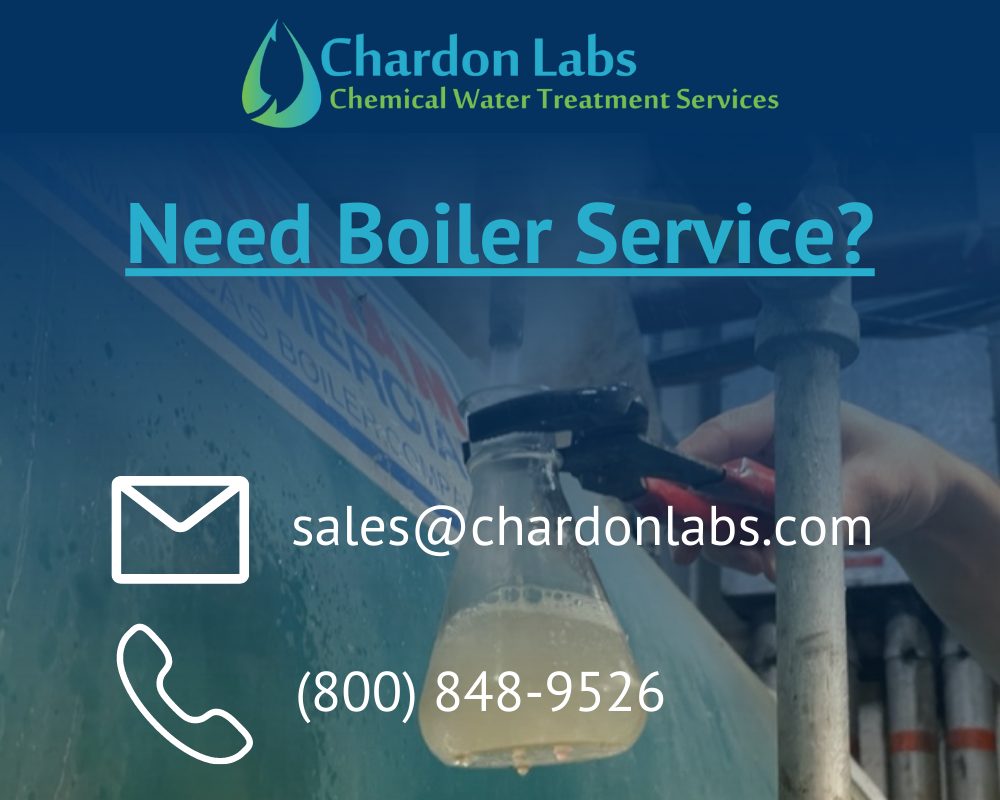
Steam Boilers can be expensive. If they are properly maintained, problems such as downtime, repair, replacement, etc. can be solved. To schedule chemical water treatment maintenance reach out to us by going to this page.